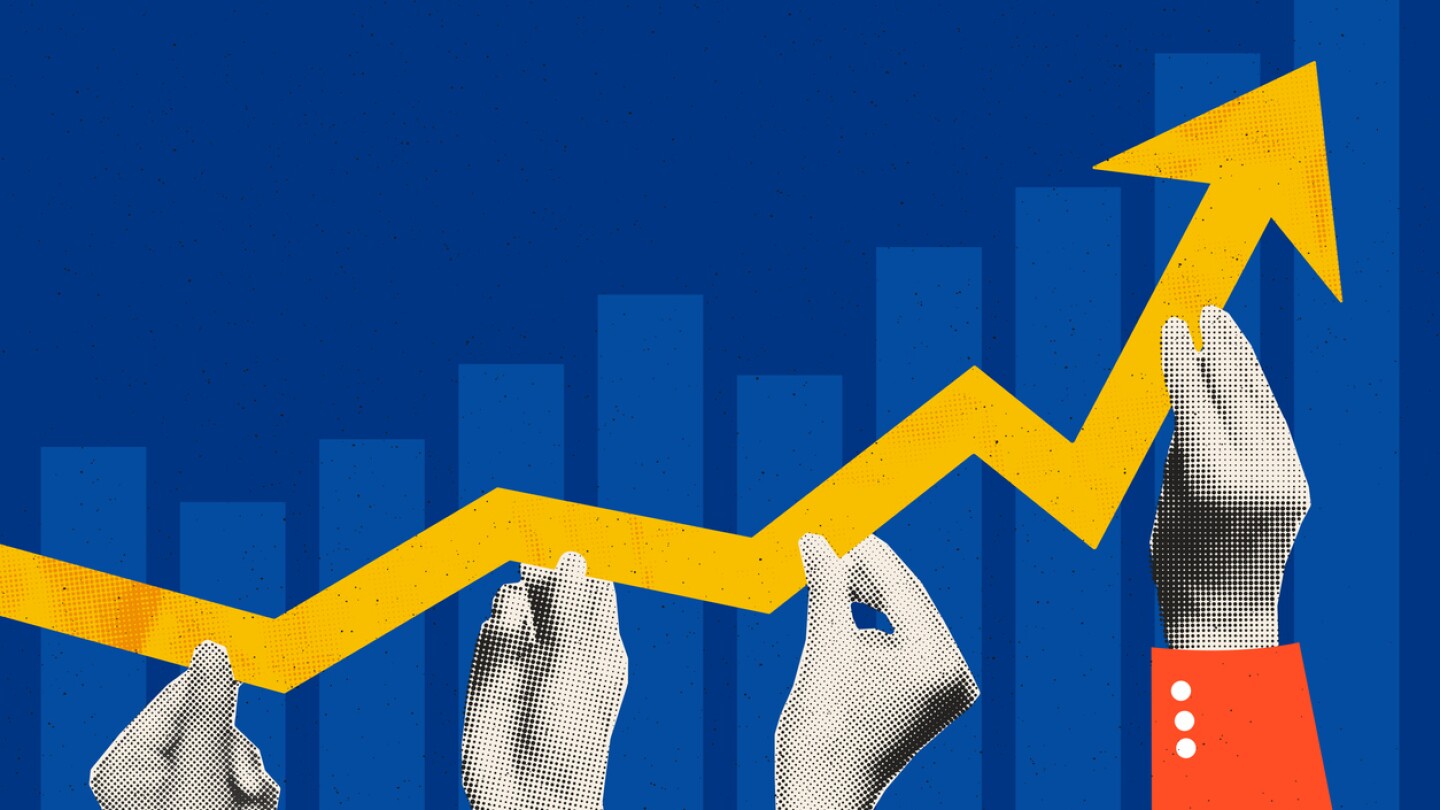Labor market
Year-over-year BioSpace data show biopharma professionals faced increased competition for fewer employment opportunities during the first quarter of 2025.
The biopharma job market likely won’t turn around until 2026, according to two industry experts. Both cited a need for more investment and noted the impact of uncertainty on the industry.
Although the job market did not pick up in April, layoffs were down year over year and month over month, according to BioSpace tallies. Meanwhile, Amgen, Novartis, Regeneron and Roche announced U.S. manufacturing investments that are sparking job creation.
MassBio’s new report outlines several concerns, including NIH cuts undermining the research engine, FDA reductions delaying innovation and trade barriers disrupting supply chains.
Where thousands of former Health and Human Services employees will work next is unknown, but biopharma companies likely aren’t the main destination. Two biopharma executives discuss potential landing spots.
Companies are announcing significant investments in U.S. manufacturing in response to looming tariffs. An AstraZeneca executive and Eli Lilly and Novo Nordisk spokespeople discuss potential job and skill-building opportunities and where manufacturing might head in the future.
During the first quarter, 22 rounds of biopharma layoffs in California affected about 995 employees total, while 17 rounds in Massachusetts impacted around 410 people, based on BioSpace estimates. Meanwhile, competition for jobs in those states increased year over year, according to BioSpace data.
Health and Human Services employees aren’t the only ones out of work. Thousands of private-sector biopharma professionals lost their jobs in the first quarter.
Biopharma employees reporting a positive business outlook for their companies dropped month over month but increased year over year in February, according to the Glassdoor Employee Confidence Index. Glassdoor’s findings align with recent BioSpace data.
The 9% average salary increase from 2023 to 2024 was the largest for life sciences professionals since 2021. Several factors could be behind the spike, including companies providing higher pay because bonuses and stock compensation went down.










